An unfinished railway bridge on the Yen Vien - Pha Lai - Ha Long - Cai Lan railway line. |
Investment policy must be adjusted.
After 18 months of implementing research and overall review, the Railway Project Management Board has just sent Report No. 1450/BC-BQLDADS to the Ministry of Construction on the results of the pre-feasibility study to adjust the Yen Vien - Pha Lai - Ha Long - Cai Lan Railway Project.
This is the result implemented by the Transport Design Consulting Corporation (GTVT) and GTVT Investment and Construction Consulting Joint Stock Company, based on the consulting contract signed with the Railway Project Management Board in early December 2023.
It should be added that the Railway Project Management Board is the unit assigned by the Ministry of Transport (now the Ministry of Construction) to be the investor of the Yen Vien - Pha Lai - Ha Long - Cai Lan Railway Project since 2004.
In Report No. 1450, the Railway Project Management Board affirmed that adjusting the investment policy of the Project approved in 2003 is mandatory to be able to implement the next steps.
Specifically, according to the provisions of Clause 1, Article 103 of the Law on Public Investment (2024), projects that have been decided on for investment by competent authorities before January 1, 2015, have been allocated capital, but have not been completed, can continue to be implemented without having to make an investment policy decision before adjusting the project.
However, through reviewing the implementation process, the consulting consortium believes that the Yen Vien - Pha Lai - Ha Long - Cai Lan Railway Project belongs to Group A, and is included in the planning of Decision No. 06/2002/QD-TTg, dated January 7, 2002 of the Prime Minister approving the Master Plan for Development of Vietnam's Railway Transport Industry to 2020.
According to the regulations on investment and construction management issued in Decree No. 52/1999/ND-CP dated July 8, 1999, supplemented and amended by Decree No. 12/2000/ND-CP dated May 5, 2000 and Decree No. 07/2003/ND-CP dated January 30, 2003, Group A projects with approved planning do not have to prepare a pre-feasibility study report, but can immediately prepare a feasibility study report, but must carry out the appraisal step and apply for investment permission.
Based on Document No. 4729/BGTVT dated October 16, 2003 and 5871/BGTVT dated December 12, 2003 of the Ministry of Transport on the examination and request for investment permission for the Yen Vien - Pha Lai - Ha Long - Cai Lan Railway Project, the Government issued Document No. 75/CP-CN dated January 9, 2004 allowing investment in this project.
According to the adjusted documents of the Pre-Feasibility Study Report of the Yen Vien - Pha Lai - Ha Long - Cai Lan Railway Project prepared by the consulting consortium, there are many changes compared to the approved Project, such as changes in objectives, investment scale, transportation needs, local planning, technical standards, total investment...
Clause 2, Article 37 of the Law on Public Investment (2024) stipulates that adjustments to the investment policy of a program or project shall be made in cases where the program or project has changes in objectives, location, exceeds the public investment capital, exceeds the public investment capital of the higher-level budget, or exceeds the total investment level of the program or project compared to the content of the investment policy of the program or project.
“Therefore, the Yen Vien - Pha Lai - Ha Long - Cai Lan Railway Project needs to adjust the investment policy before adjusting the project,” said Mr. Nguyen Khanh Tung, Deputy Director of the Railway Project Management Board.
It is known that, compared to the investment policy approved 22 years ago, in the revised Pre-Feasibility Study Report, the consulting consortium proposed not to continue investing in the dual-gauge track on the Lim - Pha Lai - Ha Long section, but to adjust it to a single-gauge track of 1,435 mm. The reason is that the demand for freight transport with a 1,000 mm gauge is low; the investment, maintenance and repair costs for the 1,435 mm and 1,000 mm dual-gauge tracks are about 1.25 times higher than the single-gauge track of 1,435 mm.
Regarding road level and design speed, the consulting consortium proposed adjusting the standard of level 2 dual-gauge road to standard of level 3 railway with gauge of 1,435 mm, with a maximum design speed of 120 km/h for passenger trains and 80 km/h for freight trains, with allowances at 25 small-radius curve locations (300 - 700 m).
Regarding the scope of investment, because the section from Yen Vien station to Lim station is being maintained and repaired annually and is of good quality, the consulting consortium proposed not to invest in the section from Yen Vien to Lim (about 10.771 km).
Thus, with the new investment plan, the Yen Vien - Pha Lai - Ha Long - Cai Lan Railway Project will have a total route length of about 119.4 km.
The route starts from Lim station (Km10+771) to Cai Lan station (Km128+189), including a newly constructed railway section of about 42.078 km (of which, 5.67 km belongs to the Ha Long - Cai Lan port sub-project which has been completed, handed over and exploited since 2014); renovation and upgrading of the existing railway section of about 77.326 km (of which, 15.715 km has been completed, belonging to the Pha Lai - Ha Long sub-project).
Regarding railway stations, the Project will build 4 new stations: Nam Son, Chau Cau, new Chi Linh and Cai Lan (of which, Cai Lan station has been completed); renovate and upgrade 8 stations: Lim, Co Thanh, Dong Trieu, Mao Khe, Yen Duong, Uong Bi C, Yen Cu, Ha Long (of which, Ha Long station has been completed); Bieu Nghi station will not be invested.
Regarding the bridges on the route, the Project will build 19 new bridges (of which 13/19 bridges are under construction, 6/19 bridges will be added); renovate and upgrade 36 bridges on the current railway line (of which 11/36 bridges have been completed). Compared to the old plan, there are 3 road bridges over the railway on the main line that are not invested in and 1 Sinh River railway bridge on the branch line that is not invested in.
“This is the most optimal plan to complete the Yen Vien - Pha Lai - Ha Long - Cai Lan railway line in the context of significant changes in transportation demand on the Hanoi - Quang Ninh corridor, forcing the project investment target to shift from mainly freight transport to mainly passenger transport,” said a representative of the consulting consortium.
Adjust the function
In Official Dispatch No. 980/BGTVT-CQLXD sent to the Prime Minister at the end of January 2025, the Ministry of Transport (now the Ministry of Construction) said that the Yen Vien - Pha Lai - Ha Long - Cai Lan Railway Project was implemented since 2004, but was unfinished. Up to now, the planning has changed a lot.
Specifically, at the time of project establishment, based on forecast results, the transportation demand of the Yen Vien - Pha Lai - Ha Long - Cai Lan railway route was mainly goods, attracting goods from the Yunnan region of China connecting to Cai Lan port.
Currently, there are many changes in seaport planning, focusing on development in the Hai Phong area (Lach Huyen port), so the demand for transporting goods connecting China with the Vietnamese seaport system is concentrated on the Lao Cai - Hanoi - Hai Phong railway line.
Besides, on the Hanoi - Bac Ninh - Hai Duong - Quang Ninh corridor, large tourist and resort areas have appeared, so the demand for passenger transport is increasing strongly.
This assessment is completely reasonable, because previous research data (2003 - 2004) shows that the transport demand on the route by 2020 is mainly goods (about 7.4 million tons/year), the demand for passenger transport is about 3.6 million trips/year. However, according to the research results conducted by the consulting consortium, the main transport demand on the route by 2050 is passengers (increasing to 7.03 - 7.66 million trips/year), while goods will decrease (to about 2.7 - 3.3 million tons/year).
According to the forecast results for the Yen Vien - Pha Lai - Ha Long - Cai Lan route, the demand for passenger transport is higher, the demand for freight transport is lower than before, so according to the leaders of the Ministry of Transport (now the Ministry of Construction), it is necessary to adjust the investment policy of the Project.
With the above scale and investment objectives, the Yen Vien - Pha Lai - Ha Long - Cai Lan Railway Project will have a total new investment of 9,989 billion VND. Of which, the implemented cost is 4,429 billion VND, the cost of continuing investment to complete the Project is 5,560 billion VND.
The Railway Project Management Board and the consulting unit propose to the competent authority to arrange state budget capital in the medium-term public investment plan for the period 2026 - 2030. The project will prepare for investment from 2023 to 2026; implement the project from 2026 to 2030 and hand over, put into operation and use in 2031.
Currently, the pressure to restart this project is very great, because in Conclusion No. 49-KL/TW dated February 28, 2023 on the orientation of Vietnam's railway development to 2030, with a vision to 2045, the Politburo requested continued investment to complete the Yen Vien - Pha Lai - Ha Long - Cai Lan railway by 2030.
On March 25, 2025, the Standing Committee of the Central Steering Committee on Anti-Corruption, Wastefulness and Negativity added Sub-Project 2 (Lim - Pha Lai) of the Yen Vien - Pha Lai - Ha Long - Cai Lan Railway Project to the monitoring list.
“In addition to avoiding continued investment waste, if the Yen Vien - Pha Lai - Ha Long - Cai Lan railway line is launched and implemented early, it will contribute to solving the need for passenger and cargo transportation on the Northeast corridor, reducing logistics costs, and increasing the competitiveness of the economy,” the representative of the Railway Project Management Board emphasized.
Source: https://baodautu.vn/duong-sat-yen-vien---pha-lai---ha-long---cai-lan-xoay-huong-dau-tu-voi-goc-nhin-va-tu-duy-moi-d303069.html



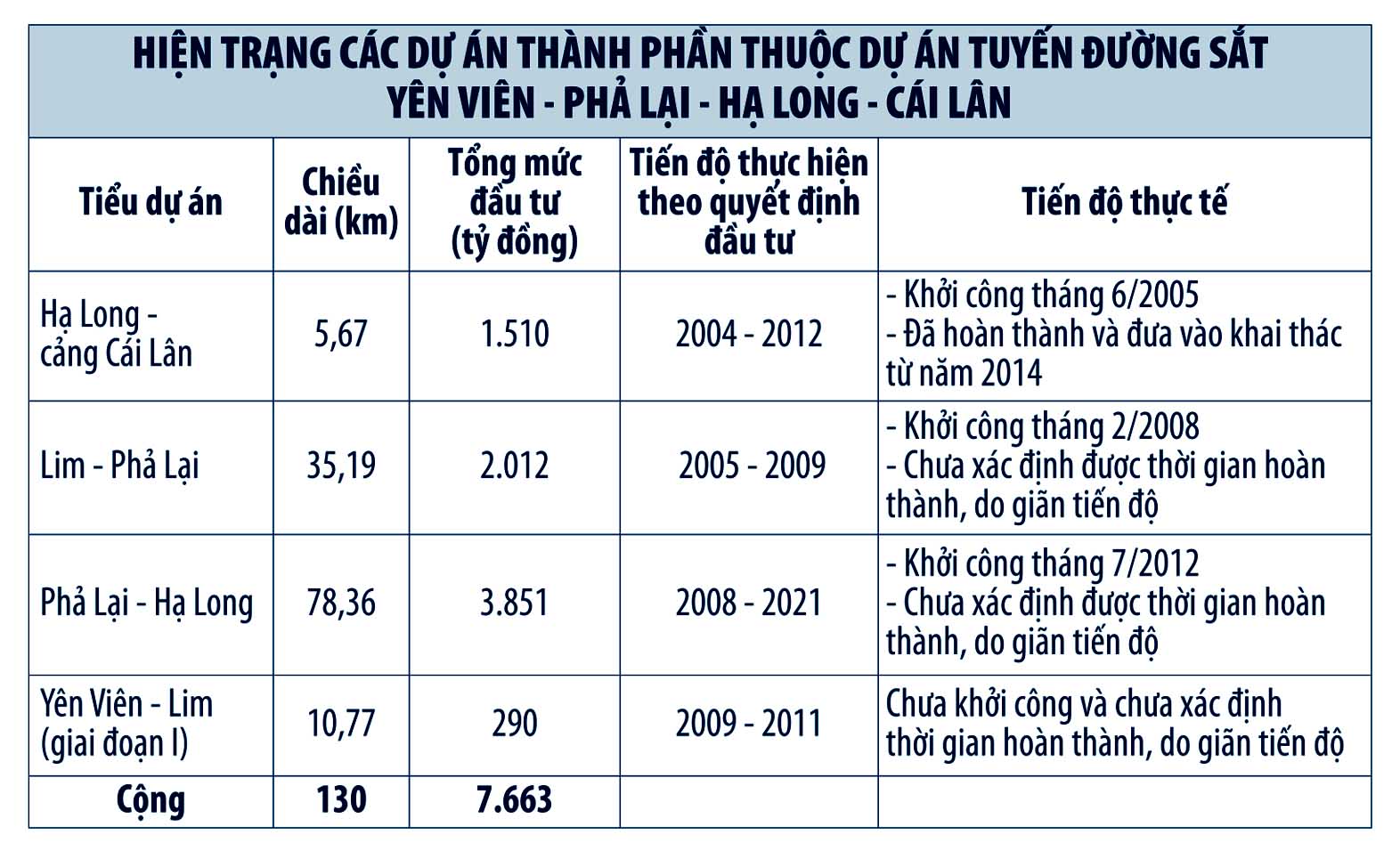















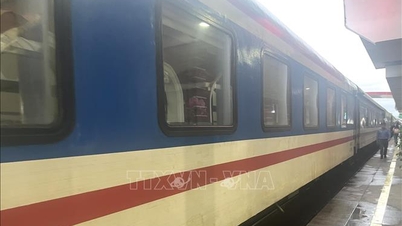




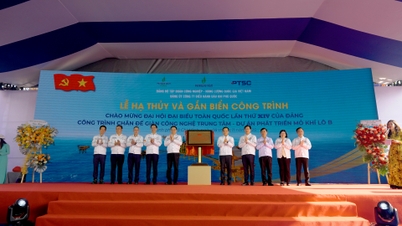


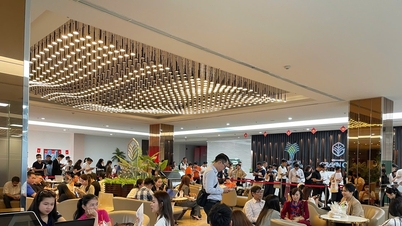






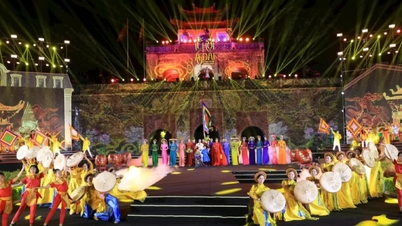
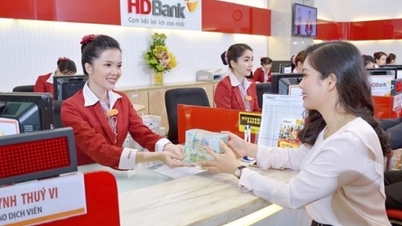


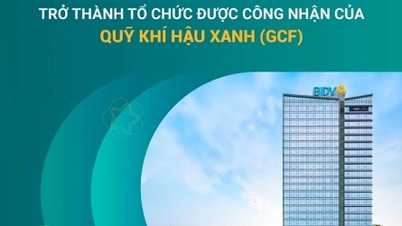
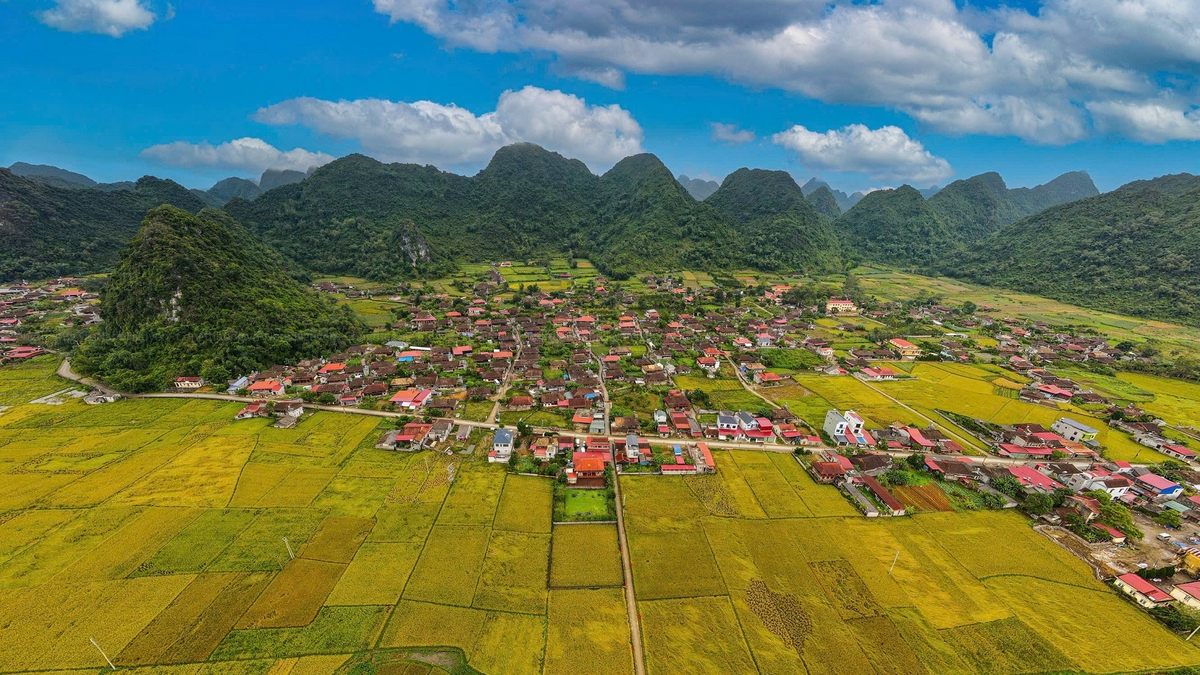













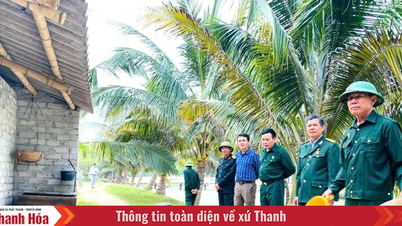




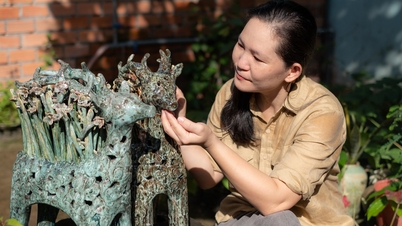






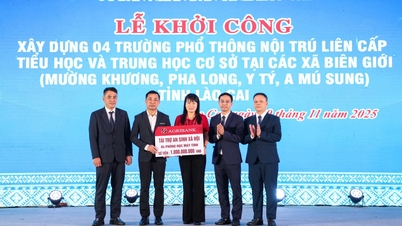















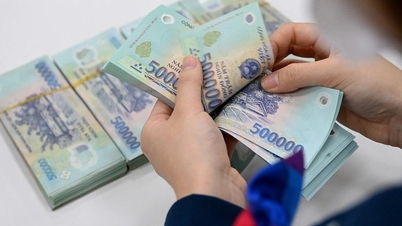

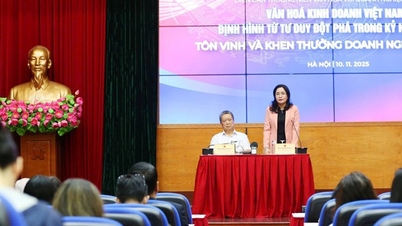






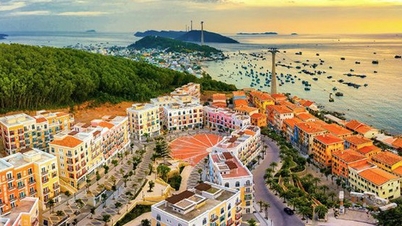








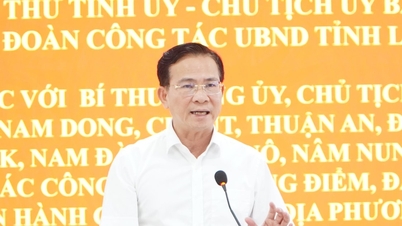


![Dong Nai OCOP transition: [Article 3] Linking tourism with OCOP product consumption](https://vphoto.vietnam.vn/thumb/402x226/vietnam/resource/IMAGE/2025/11/10/1762739199309_1324-2740-7_n-162543_981.jpeg)











Comment (0)